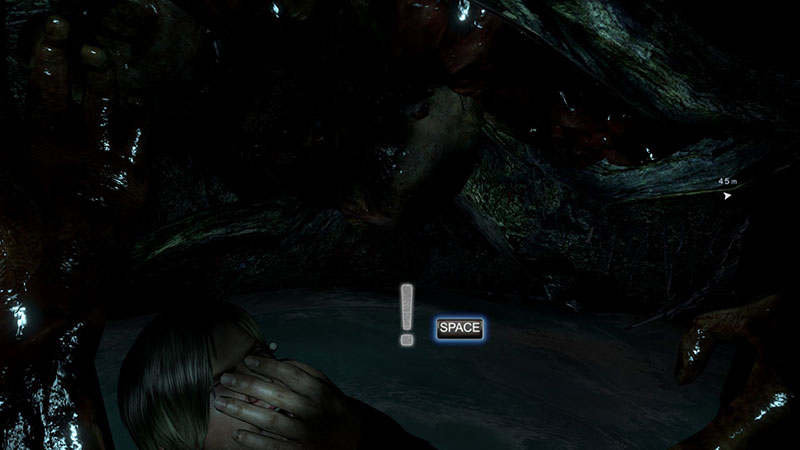Best of 2021!!! Honestly, I didn’t buy enough music in 2021 to warrant a top 10 list but here’s what I got:
6. Gazelle Twin & NYX “Deep England” – What if your high school choral group was composed of a bunch of crystal worshiping hipsters? They would record covers of songs from “The Wicker Man” of course! That and a few Gazelle Twin traxxx.
5. “PAURA: A Collection Of Italian Horror Sounds From The CAM Sugar Archive” – A wonderful compilation of Italian horror and giallo music. I already own about half of these songs but this collection is great.
4. Cabaret Voltaire “Shadow of Funk” – Richard H. Kirk decided to bring back Cabaret Voltaire in a big way… then he died. He also released two records of 40 minute drones. This was better.
3. Jacob Haage & Sarah Assbring “Riptide” – Sarah Assbring is also known as El Perro Del Mar. I thought that “Free Land” was released this year. It wasn’t. If it was, it would be my #1. Instead I have to settle with this artsy soundtrack to a Momenshantz wannabe dance troupe.
2. Dame Area “Ondas Tribales” – They are literally the first band ever to realize their drum machine also has conga patches. It’s a fact. This is basically tribal beats with a woman screaming in Spanish, Italian, or some other shithole country’s language that I don’t understand. In any event it’s awesome.
1. Hannah Peel “Fir Wave” – Hannah Peel learned about synths and stuff from being John Foxx’s violinist and backup vocalist in The Maths. This record is based on samples of Delia Derbyshire’s music. Yeah, I didn’t know who she was either, but then again, I couldn’t care less about Dr. Who. In any event, this is another epic sonic journey in the vein of her last record, “Mary Casio: Journey To Cassiopeia.”



